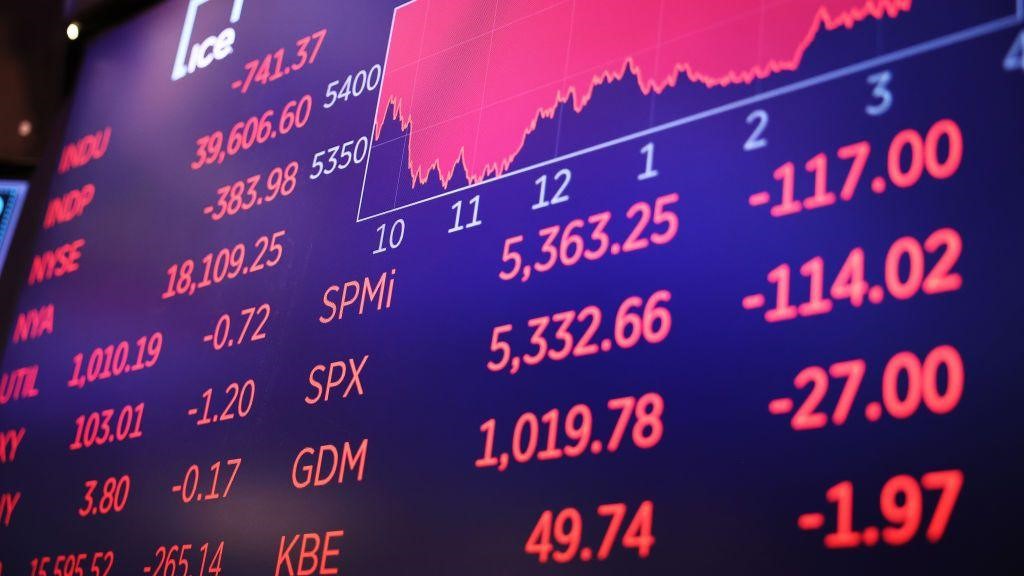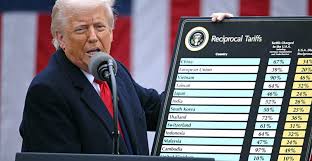Rising Risks Push Gold To Continue Leading Defensive Capital Flows

Linh Tran
Gold has rebounded from the technical support zone around $3,300/oz, ending a four-session losing streak that began from the recent short-term high near $3,440/oz. This development signals that dip-buying demand has started to return as prices approached a key psychological support area, reflecting that market sentiment continues to value gold’s safe-haven appeal amid lingering global uncertainties.
The previous downward pressure was primarily driven by a wave of optimism surrounding international trade. Significant progress in trade negotiations between the U.S. and major partners such as Japan, the European Union, and most recently India has improved risk sentiment and shifted capital flows back toward cyclical assets. As concerns over trade wars subsided, demand for safe-haven assets like gold temporarily weakened, triggering a short-term correction in the precious metals market.
However, from a medium- to long-term perspective, gold remains supported by several fundamental and sustainable drivers. Geopolitical tensions continue to pose substantial risks globally. Escalating conflict in Ukraine, ongoing instability in the Middle East, and increasingly assertive foreign policy moves by the U.S. and the U.K. could trigger unexpected bouts of market volatility, reinforcing gold’s strategic role as a hedge in institutional portfolios.
In addition to geopolitics, expectations surrounding monetary policy also play a crucial role in shaping gold’s long-term trajectory. While the U.S. Federal Reserve (Fed) has maintained a cautious tone, markets are increasingly anticipating the possibility of rate cuts later this year—particularly if U.S. economic growth begins to stall and inflationary pressures ease further. Under such a scenario, real yields could decline, creating favorable conditions for a more sustainable recovery in gold prices.
Importantly, this week the market will digest a series of key macroeconomic data releases, including Q2 GDP, core PCE—the Fed’s preferred inflation gauge—and the Nonfarm Payrolls report. These figures will be pivotal in recalibrating monetary policy expectations, thereby directly influencing global capital flows and gold price trends. If the data point to a cooling economy alongside moderating inflation, expectations of rate cuts could firm up—offering a supportive backdrop for gold. Conversely, if the data exceed expectations, short-term selling pressure could resume.
At present, gold may continue to face short-term fluctuations as trade-related risk sentiment improves. Nonetheless, the longer-term outlook remains tilted to the upside, underpinned by enduring factors such as geopolitical instability, the prospect of more accommodative monetary policy, and gold’s role as a strategic safe-haven asset in global portfolio allocation. Investors should closely monitor this week’s economic data to make informed and timely investment decisions.
Tran is Market Analyst at XS.com






